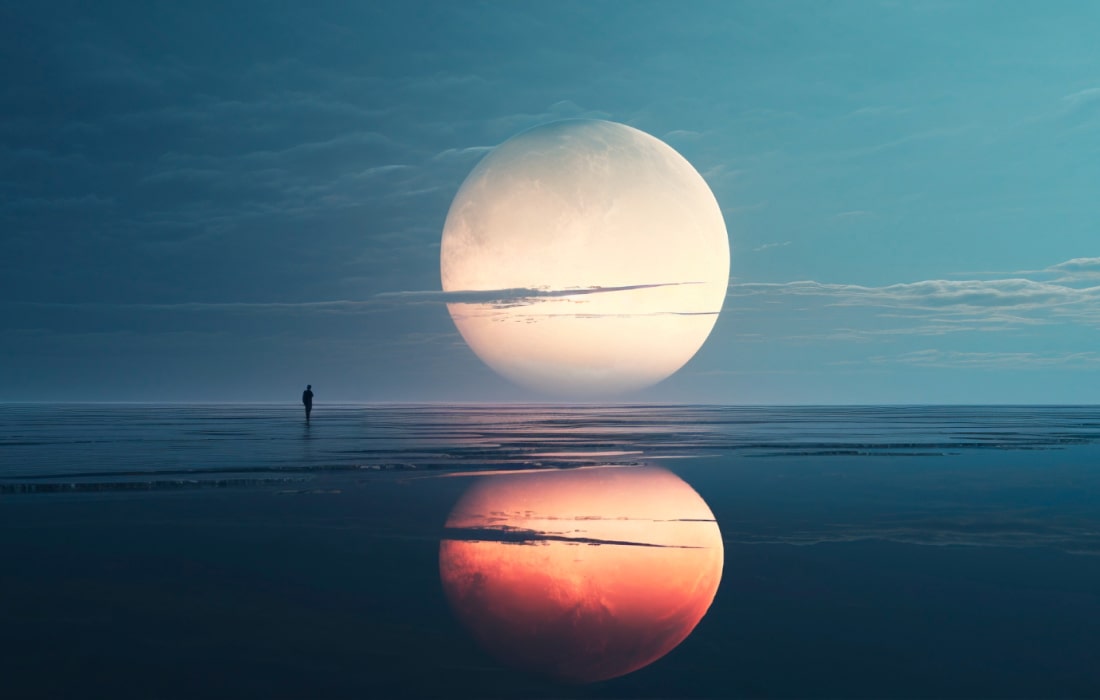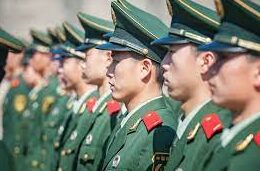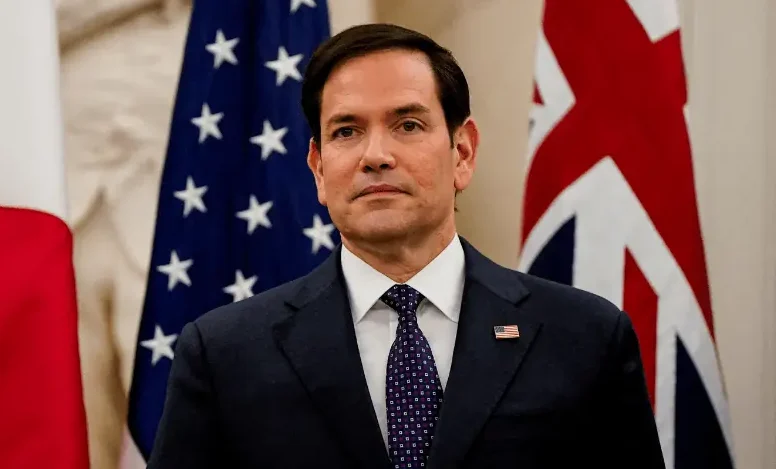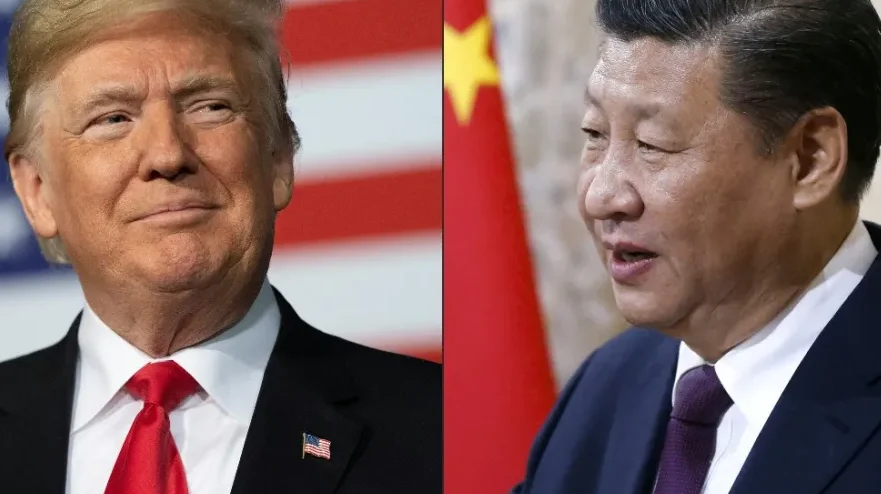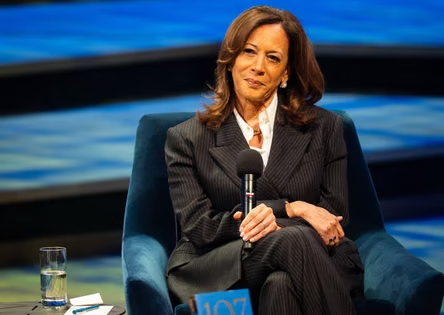World leaders opposed to the West are converging in Beijing this week for a grand military parade marking 80 years since Japan’s defeat in World War II. The event, staged by President Xi Jinping, is meant to showcase China’s military strength and growing role as a counterweight to the U.S.-led global order.
The parade, set for Wednesday in Tiananmen Square, will feature 26 heads of state. Among them are Russia’s Vladimir Putin, North Korea’s Kim Jong-un, and Iran’s Ebrahim Raisi, as well as leaders from Myanmar, Mongolia, Indonesia, Zimbabwe, and several Central Asian nations. Only two Western leaders, from Serbia and Slovakia, are on the guest list released by China’s foreign ministry.
Western analysts describe the lineup of countries as an “axis of upheaval,” pointing to their deepening cooperation in conflicts from Ukraine to the Middle East. For Xi, the parade is a chance to present China as the leader of a multipolar world, united with non-Western nations.
Putin arrived in China earlier this week after attending the Shanghai Cooperation Organisation summit in Tianjin. On Tuesday, he called Xi a “dear friend,” praising the countries’ partnership as an “exemplary model” of major power relations. The two leaders signed a new deal that will boost Russian gas exports to China by more than 16% annually, a lifeline for Moscow under Western sanctions.
India’s prime minister, Narendra Modi, also attended the Eurasian summit, signaling a thaw in relations with Beijing despite U.S. tariffs on Indian oil imports.
For Beijing, the parade is more than a commemoration. It’s also a direct comparison to the U.S., whose military parade in June on Donald Trump’s birthday was widely panned. “If you do parades, we can do it better than anyone else,” said Siemon Wezeman, a senior researcher at the Stockholm International Peace Research Institute.
China has been pushing its own narrative about World War II, one that emphasizes its role alongside the Soviet Union and downplays Western contributions. Xi, in an article earlier this year, credited China and the USSR as the main forces that defeated Japan and Nazi Germany, omitting mention of the U.S. and European allies. That message has been reinforced through state-backed films, including Dead to Rights, a blockbuster about the Nanjing massacre, and Dongji Rescue, which dramatizes Chinese fishermen saving British prisoners of war.
Analysts say this version of history is central to the legitimacy of the Communist Party, which ties its rule to China’s wartime resistance. It also comes at a time when China is facing economic challenges and a trade war with the U.S.
But military watchers will be looking closely at Wednesday’s parade for signs of new hardware. Some expect China to unveil its J-20 “fifth-generation” stealth fighters, part of a modernization drive that emphasizes self-reliance, with more jets now powered by Chinese-made engines rather than Russian ones.
Taiwan, though not mentioned by Beijing, looms large over the show of force. Analysts believe the parade is meant to send a warning to the island, which China claims as its own. “Taiwan is the great unspoken piece of the parade,” said Charles Parton of the Royal United Services Institute. Taiwan’s president, Lai Ching-te, responded Tuesday by stressing that “unity ensures victory, while aggression inevitably fails.”
China’s military equipment has already seen action beyond its borders. In May, Pakistan reportedly used Chinese J10-C fighter jets to down several Indian aircraft during a clash, a success heavily promoted in Chinese media. The parade may also feature advanced drones and other technology designed to deter any country that might come to Taiwan’s aid.
With Russia bogged down in Ukraine and reliant on China’s support, many analysts believe Beijing is carefully studying the war to prepare for a possible future conflict of its own. And on Wednesday, in front of the world, Xi Jinping will make clear that China intends to stand at the center of that future.
